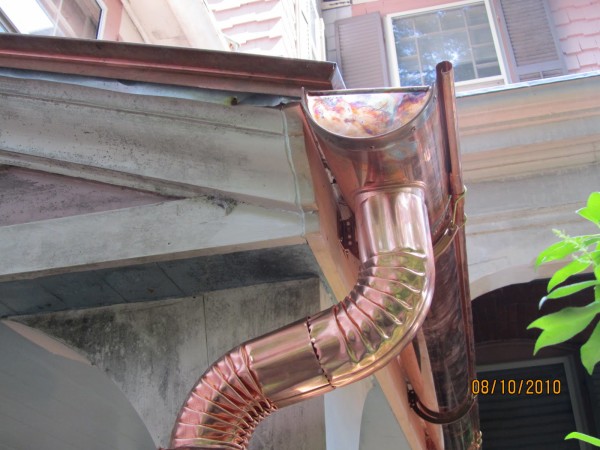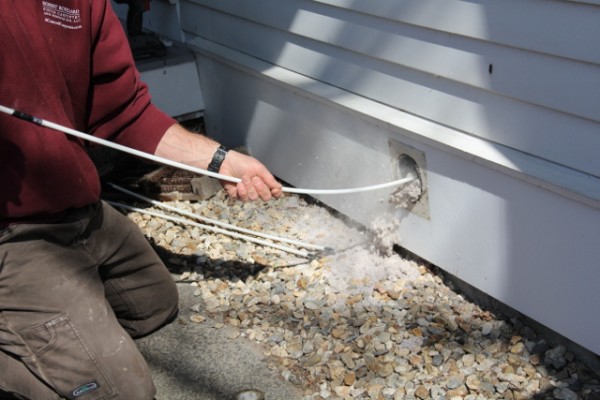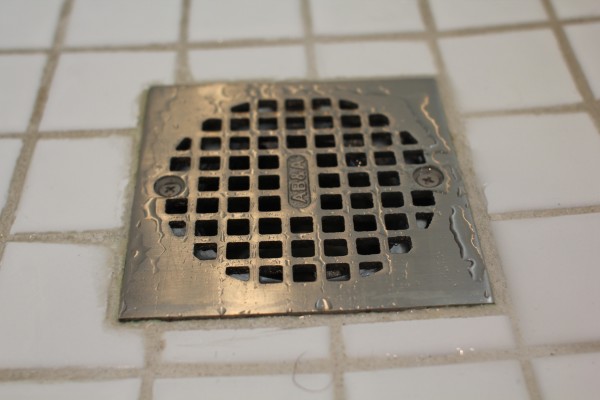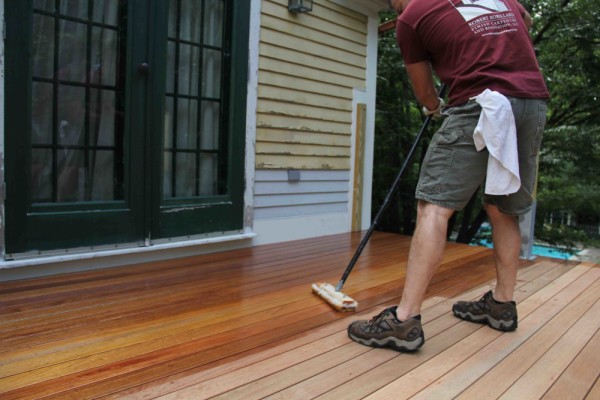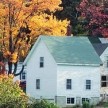Home Maintenance Checklist

Image: http://www.inspectamerica.com/
Preventative Maintenance Checklist
Preventative maintenance, takes time and costs money, but it is still more cost effective than the crisis du jour approach of waiting until something breaks and then scrambling to have it repaired. Take the time to look at this home maintenance checklist and save time, money and aggravation.
Why Use a Home Maintenance Checklist
Using a home maintenance checklist to keep track of and perform regular preventative maintenance can help to avoid repairs, extend the life expectancy of many components and in some cases, reduce energy consumption.
Here’s a simple preventative maintenance checklist to help keep your home in top shape year round.
Roof:
Check roof shingles for loose shingles or damage from branches, and around vents, skylights and chimneys for leaks. Repair as necessary. Flashing at dormers, plumbing stacks, valleys, should be carefully inspected. Flat roofs should be inspected for blisters, bubbles, and flashing details. Trees should be trimmed back from roof edges. Eaves: Sofits and fascia should be inspected for loose and rotted areas as well as areas damaged by squirrels.
Attic:
If there is no sofit / ridge vents, keep gable vents open year-round to ensure proper ventilation.
Gutters:
Clean gutters and drain pipes so leaves won’t clog them and be sure they drain away from the house.
Grading:
The landscape grading adjacent to the house should be checked to ensure a “positive” slope of one inch per foot for the first six feet away from the house. Drain basins should be cleaned of debris and tested
Fireplace:
Clean fireplace of ashes. (Fall) Check for loose or missing chimney mortar. Have chimney professionally cleaned. Make sure damper closes tightly. Check chimney for worn flue liner or joints and for birds’ nests or other obstructions. Install a chimney cap.
HVAC Filters:
Remember to replace filters once a month, or as needed. Check and clean dryer vent, air conditioner, stove hood and bathroom fans. Especially after a renovation or dusty remodeling work.
Fire Safety Equipment:
Ensure that all smoke detectors, carbon monoxide detectors and fire extinguishers are in good working order. Replace batteries in appropriate devices as needed, or at least twice each year.
Test the alarms and replace if over 10 years old.
There are two types of smoke alarm types, and one is faster at registering smoke than the other. To understand this better, you need to know that each alarm has a sensor that detects smoke and fire differently.
The most common smoke alarm type is an Ionization alarms. This smoke alarm was in my house and is in the majority of houses I work in. Ionization alarms are more responsive to a flaming fire .A “fast flame” fire is a fire that is based on accelerant, such as gasoline, cooking oils, grease, and paper fire.
Ionization alarms are cheaper and are also notorious for nuisance tripping, i.e.; going off when you cook, burn toast, shower, etc. When alarms repeatedly trip, people intentionally disable them.
The second type of detector is the photoelectric smoke alarm, which aim a light source into a sensing chamber at an angle away from the sensor. Smoke enters the chamber, reflecting light onto the light sensor; triggering the alarm. Photoelectric smoke alarms are most effective and sound faster when a fire originates from a “smoldering” source.
Most house fires start as smolder fires and can result from circumstances such as, but not limited to:
- Electric faults
- Cigarette on furniture or bed
- Dryer malfunctions
Smoldering fires create a lot of smoke which can fill a home with dangerous gases before a fire ever erupts. It is during this time that a Photoelectric smoke alarm will sound. What most people do not know is that studies have shown that a Photoelectric smoke alarm alerts smoke sometimes 5-minutes or more, before an ionization smoke alarm. Smoke has been coined the” Silent Killer” by firefighting personnel and often times minutes can save lives.
The best smoke alarm is a combination of both technologies in your home.
Make sure there are working nightlights at the top and bottom of all stairs. Consider buying a battery backup type that turn on the light if the power fails.
Dryer Vents
Dryer vents should be cleaned in order to increase the airflow through your dryer and as a major step toward preventing dryer vent fires. This one could save your life or house from burning down. The U.S. Consumer Product Safety Commission estimates that over 15,000 dryer-related fires occur each year, causing an estimated $ 97 million in property loss.
Clogged dryer vents because you’re dryer to work harder and greatly increase the time it takes to dry your clothes [up to 2 or 3 times more] which wastes energy and increases you’re operating / energy costs!
Inside the Dryer:
Empty the lint screen each time you use the dryer. Use a vacuum with a nozzle attachment to clean in the lint trap and any place it will reach.
Every three years, have the dryer taken apart and thoroughly cleaned by a professional.
Outside the Dryer
Keep dryer ducts as short and as straight as possible. [Check your dryer’s manufacturers specifications for duct lengths and follow them]
Check the outside exhaust vent to make sure dryer exhaust air is escaping, visually inspect that the exterior vent flap is opening and there are no clogs.
Lastly, replace any suspect piping. By cleaning your dryer vent regularly, you increase airflow efficiency, decrease cost of dryer operation, reduce the amount of time required for clothes drying and prevent plug ups which cause problems
Refrigerator:
Make sure your refrigerator door seals are airtight. Test them by closing the door over a dollar bill. If you can pull the bill out easily, the latch may need to be adjusted or the seal may need to be replaced. In addition, if you have a coil-back refrigerator, vacuum the coils at least twice each year. Your refrigerator will run more efficiently with clean coils.
Bath & Faucets:
Check for leaky faucets in kitchen and bathroom(s). Replace washers as necessary.
Check caulking around sinks, bathtubs, and showers. Replace carbon cartridge for water filter
Windows and Doors:
Repair locks so windows seal tightly. Replace weather seals as needed.
Siding and Paint:
Look for cracks and holes in house siding or paint. Replace caulk if necessary.
Porches and Decks:
Wooden components should be checked for rot and insect infestation. Wood should be painted or stained as required.
Garage:
Automatic garage door openers should be tested and adjusted to reverse in the event of an emergency.
Attics:
Attics should be inspected annually for water stains on the underside of the roof sheathing. One should also look for rot, mildew, and fungus indicating high humidity levels in the attic. Check to make sure the insulation is not wet. Check for vermin, bird and bee nests. Check for missing insulation – bare spots. Make sure vents are open and not obstructed. Insulate hatch door.
Basement:
Check for moisture issues. Be sure to clean dehumidifier regularly, if you have one.
Locate and mark the shut-offs for the heating, electrical and plumbing systems.
Electrical Panel:
The main electrical panel should be checked annually for rust or water marks indicating moisture getting in. All breakers should be turned off and on to ensure none have seized. A panel which is warm to the touch or smells of burned insulation should be brought to the attention of an electrician. Burned wires indicating loose or poor connections should be repaired by qualified personnel. All circuits should be labeled. Ground fault circuit interrupters should be tested monthly.
Heating System:
(Fall) Have heating system serviced yearly. Change filters. Clean stovepipe between the stove and the chimney. Check vent pipe for corrosion and holes, and replace if necessary.
Wood Stoves:
Clean a wood-burning heater: Scrape interior (especially nooks and crannies)with wire brush. Check for cracks, and repair with stove cement if necessary. Clean exterior completely.
If heater has a blower, vacuum the blower or replace any filters, and oil the motor.
Hot Water Heater:
(Fall) Drain hot water heater and remove sediment from the bottom of the tank.
Trees, Shrubs and Vines:
Limbs overhanging the house should be cut back. Dead limbs should be removed. Vines should be trimmed back from all wood surfaces.
Lawn Sprinkler System:
Shut off water , and have system blown out for winter.
Lawn Mower:
(Spring) change oil, fresh gas, sharpen blade, new spark plug. (fall) empty gas for storage.
Snow Blower:
(Spring) Make any repairs, empty gas for storage. (Fall) Lubricate, change oil, new spark plug, fresh gas, fill tires, extra sheer pins. Test your machine before you need it.
Image: www.co.st-louis.mo.us




